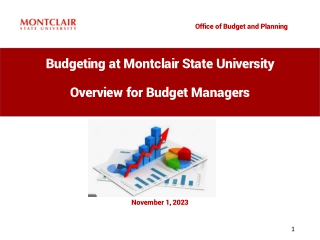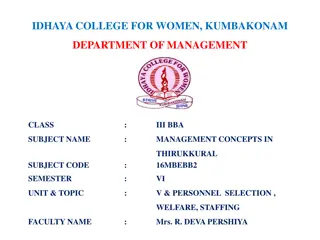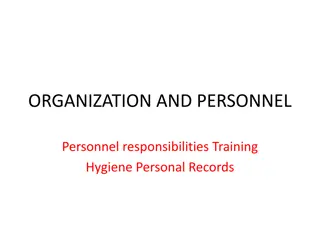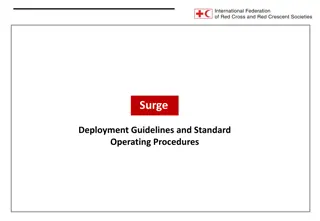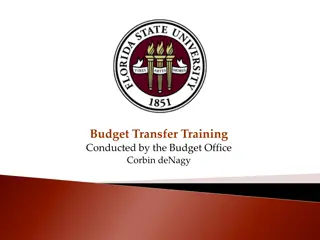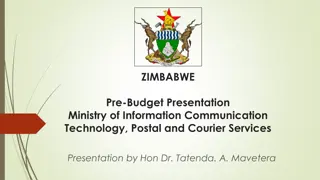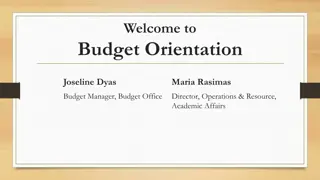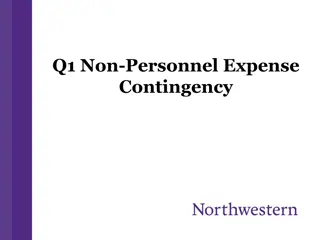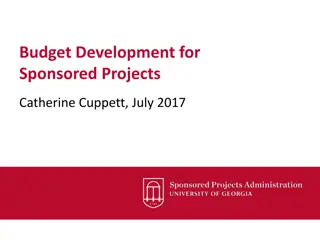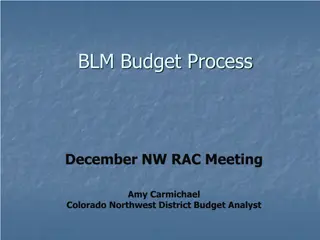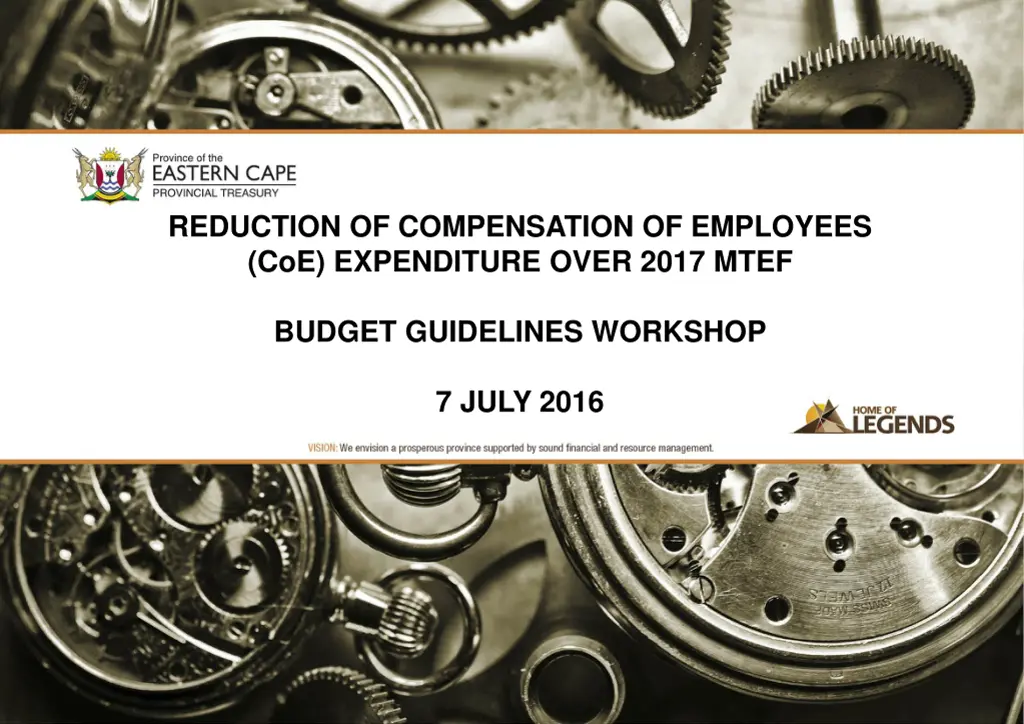
Strategies for reducing Compensation of Employees (CoE) Expenditure in Budgeting Process
Learn how to reduce Compensation of Employees (CoE) expenditure in the budgeting process, including HR management plans, recruitment strategies, and cost-saving measures for departments. Discover key insights from the 2017 MTEF budget guidelines workshop held on July 7, 2016.
Download Presentation

Please find below an Image/Link to download the presentation.
The content on the website is provided AS IS for your information and personal use only. It may not be sold, licensed, or shared on other websites without obtaining consent from the author. If you encounter any issues during the download, it is possible that the publisher has removed the file from their server.
You are allowed to download the files provided on this website for personal or commercial use, subject to the condition that they are used lawfully. All files are the property of their respective owners.
The content on the website is provided AS IS for your information and personal use only. It may not be sold, licensed, or shared on other websites without obtaining consent from the author.
E N D
Presentation Transcript
REDUCTION OF COMPENSATION OF EMPLOYEES (CoE) EXPENDITURE OVER 2017 MTEF BUDGET GUIDELINES WORKSHOP 7 JULY 2016
PRESENTATION OUTLINE Purpose Background Human Resource Management Plan (HRMP) Annual Recruitment Plan (ARP) Provincial Coordinating Monitoring Team (PCMT) Process Conclusion 2
PURPOSE Objective of 2017 MTEF budget process is to reduce to Compensation of Employees (CoE) expenditure from the current budgeted 66 per cent in 2016/17 to 60 per cent in 2019/20. BACKGROUND Departments to note the contents of the NT and PT 2017 MTEF guidelines and Guidelines for Costing and Budgeting for CoE. CoE budget of departments was cut over the 2016 MTEF. This is therefore the ceiling for CoE budgets over the 2017 MTEF. Province intensified the scrutiny of Annual Recruitment Plan (ARPs) by the Provincial Coordinating and Monitoring Team (PCMT) in 2016/17 before approving posts to be filled. Departments to absorb the additional ICS increase of 0.6 per cent for levels 1 to 12 in 2016/17 and subsequent carry through costs. Departments must reprioritize and manage growths / increases from existing baselines. Since Office of the Premier (OTP) is advertising posts for appointments aligned to approved ARPs for the 2017 MTEF departments must protect the budget allocated for advertisements (recruitment). Departments to note the revision of key cost drivers of wage agreement over 2017 MTEF (Cost of Living Adjustment, Medical, Housing) 3
HUMAN RESOURCE MANAGEMENT PLAN (HRMP) (1 of 2) Personnel Costing Model (PCM) utilized in 2015/16 will be used as the template to inform the Human Resource Management Plan (HRMP). The model for the 2017 MTEF planning cycle is still awaited from NT. The Costing model and ARP must be aligned to the HRMP and allow for the costing and managing of the workforce within budget ceilings. A comparison between warm bodies as at 31 March 2016 and warm bodies as at 30 June 2016 plus vacant posts (core and critical non-core posts) to be filled needs to be completed to determine whether they are within the budget ceilings. Departments are required to submit the HRMP and PCM and narrate the following (with annexures) in the Accounting Officers letter: o Summarised information from the existing HRMP detailing how the department will utilise staff and out-source services; o Only filled posts, funded vacancies and all personnel related costs should be included in the expenditure estimation process analysis per salary/post level per programme vs indicative budgets over the 2017 MTEF; 4
HUMAN RESOURCE MANAGEMENT PLAN (HRMP) (2 of 2) o How the department will contribute to reducing its CoE expenditure through the crafting of a Headcount management proposal which includes the rationale for: - Identification of excess staff; - Reduction of administrative and managerial personnel; - Offering of initiated severance packages or early retirement - Possible redeployment across departments. - Manage the implementation of the awarding of notch increments and performance bonuses in line with actual deserved performance and manage down allowances and overtime. - Managing institutional HR inefficiencies (Persal data clean-up; reduction of Policy and Procedure on Incapacity Leave and Ill-Health Retirement (PILIR) cases and other department specific cost driver reductions). 5
ANNUAL RECRUITMENT PLAN (ARP) ARP must detail the vacancies budgeted for and will be approved by the PCMT for a financial period. During the PCMT process, funding of the posts are confirmed and the plans are analysed to determine alignment with the HRMP and organogram of the department; includes the spread of posts across levels and the ratio of core vs support posts. ARP must be supported by a project plan outlining targets and time frames of when posts are to be filled. ARP must be submitted with budget submissions. It is envisaged that by 31 January 2017, the ARP of departments is approved for implementation in 2017/18. 6 6
PCMT PROCESS PCMT structure is strengthened and its mandate is aligned to the new developments of soliciting savings from CoE through the following: o Review of the alignment of service delivery models, strategic plans and organogram structures of all departments; o Development of shared service platform in OTP for all HR related matters especially the recruitment of OSD related posts; o Conduct head counts of the employed personnel against the payroll as to eliminate inefficiencies within the system; o Enforce the processing of Policy and Procedure on Incapacity Leave and Ill- Health Retirement (PILIR) cases by all provincial departments; o In collaboration with the Department of Public Services and Administration (DPSA) and Office of the Premier to develop standardised sector specific organograms for provincial department; o Facilitate Persal data clean-up to improve data integrity; and o Review the level of HR delegations to improve internal controls and processing. 7
CONCLUSION Departments must note the following: 2016 MTEF CoE allocations as the ceiling for 2017 MTEF. Note the requirements of 2017 MTEF Budget guidelines including the Guidelines for costing and budgeting for CoE. Requirements for the completion of the HRMP as part of the budget submission detailing the management of and reduction in CoE. ARP based on HRMP and submitted with the budget submissions for approval by 31 January 2017. Undertakings by the PCMT to strengthen the process to reduce CoE. A workshop on the workings on the Personnel Costing Model will be communicated. 8
END OF PRESENTATION THANK YOU 9


